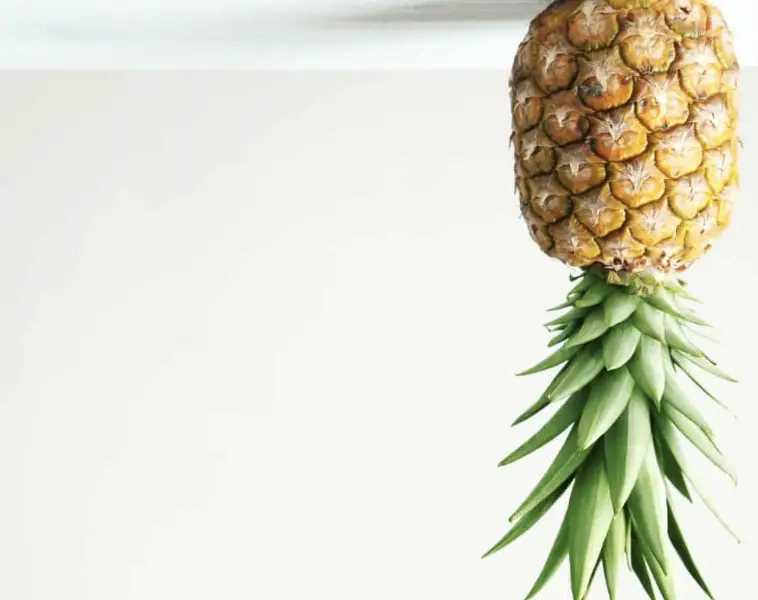
Decoding the Upside-Down Pineapple: Unraveling the Myths and Meanings
The pineapple, with its sweet and tropical allure, has become a symbol of warmth, hospitality, and friendship. But what happens when the pineapple is turned upside-down? Does this inversion change its meaning, or is there a hidden message behind the upside-down pineapple? In this blog post, we’ll explore the myths and meanings associated with the upside-down pineapple, from its historical significance to its modern-day connotations.
The Upside-Down Pineapple in History:
The association between the pineapple and hospitality can be traced back to the 17th and 18th centuries when the fruit was a rare and exotic delicacy. European explorers and travelers would bring back pineapples from their voyages to the Caribbean and other tropical regions, making them a symbol of wealth and status. Hosts would display pineapples at social gatherings to impress and welcome their guests, leading to the pineapple becoming a recognized emblem of hospitality.
The Upside-Down Pineapple Myth:
Over time, a curious myth emerged, suggesting that placing an upside-down pineapple on one’s front porch or doorstep signaled the availability of certain favors or activities. The myth varied depending on the region and time period, but some interpretations suggested that an upside-down pineapple indicated that the homeowner was open to “swinging” or engaging in alternative lifestyles.
Debunking the Myth:
It’s essential to note that the myth of the upside-down pineapple as a secret swinger symbol is not rooted in historical fact. There is no concrete evidence to support the notion that this tropical fruit has any connection to alternative lifestyles or sexual activities. The myth appears to be a modern-day urban legend rather than a historical tradition.
The Upside-Down Pineapple Today:
In contemporary culture, the upside-down pineapple continues to carry the symbol of hospitality, warmth, and friendship. It remains a popular motif in home decor, artwork, and fashion, serving as a cheerful reminder of the spirit of welcome and inclusivity.
Upside-Down Pineapple in Popular Culture:
The enduring symbolism of the pineapple, both right-side-up and upside-down, has found its way into various aspects of popular culture:
- Home Decor: Pineapple-themed home decor, particularly upside-down pineapple decorations, are common elements in interior design, conveying a sense of friendliness and openness to guests.
- Art and Fashion: Upside-down pineapple designs are often featured in art, prints, and clothing, adding a touch of whimsy and positivity to everyday life.
- Social Media: The pineapple, in all its forms, has become a popular emoji and social media icon, used to express feelings of warmth, welcome, and appreciation.
The True Essence of the Pineapple:
While the upside-down pineapple may carry some playful connotations in modern myths, it’s essential to remember the authentic meaning behind the fruit – that of hospitality, generosity, and friendship. The pineapple’s rich history as a symbol of welcome has endured for centuries, reminding us of the power of kindness and open-heartedness in our interactions with others.
Conclusion:
In a world where symbols and meanings can evolve and take on new interpretations, the upside-down pineapple remains a beacon of hospitality and warmth. While its association with alternative lifestyles is a modern myth, its true significance as a symbol of friendship and openness endures. So, whether you choose to display pineapples right-side-up or upside-down, let them serve as a reminder to extend a warm welcome and share the spirit of generosity with all those who cross your path. After all, the true meaning of the pineapple lies not in its orientation but in the kindness and hospitality it represents.






